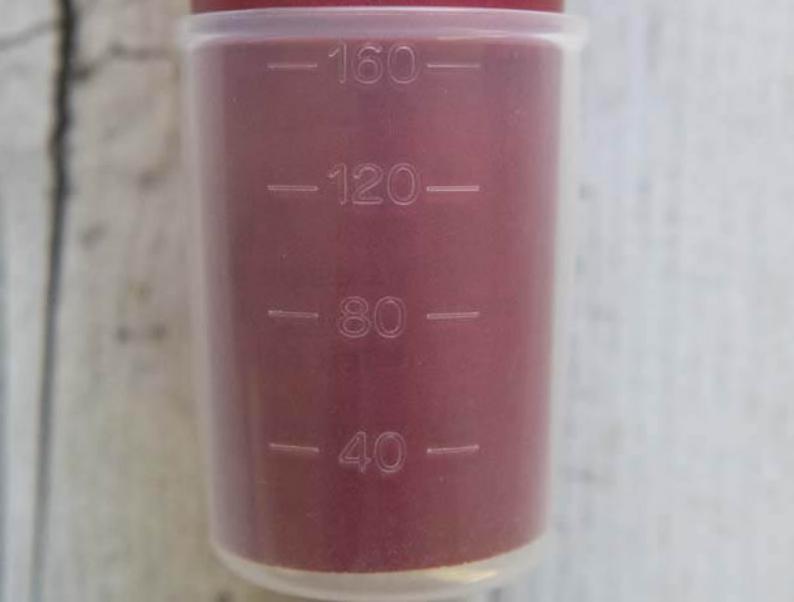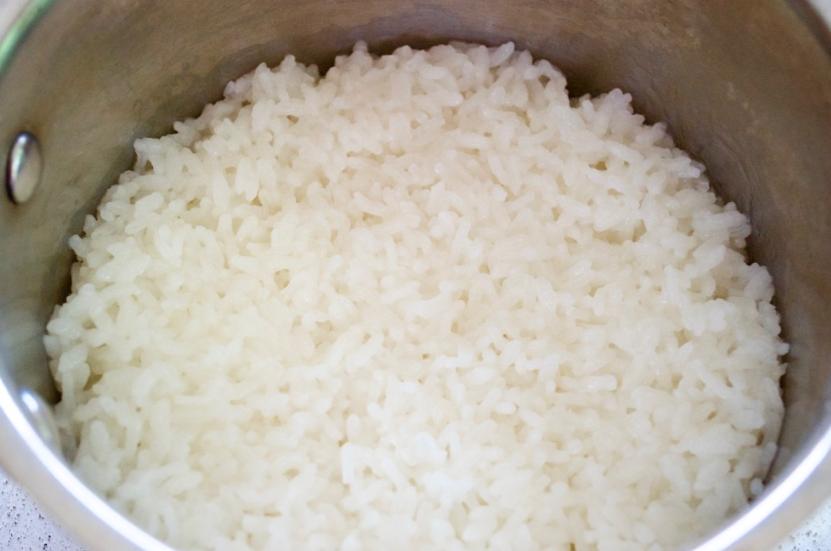Boiling rice in a rice cooker can be a game-changer for your kitchen routine. Rice cookers are convenient, saving time and effort while ensuring consistently cooked rice. However, achieving perfection every time requires some practice and a few key tips. This guide will help you understand the right rice-to-water ratio, step-by-step instructions, common mistakes to avoid, and how to cook different types of rice. Whether you’re a novice or a seasoned cook, this information will ensure you have fluffy, non-sticky rice every time.

What’s the Right Rice-to-Water Ratio?
The rice-to-water ratio is crucial for cooking the perfect rice. The most common type of rice, white rice, typically requires a 1:1 or 1:1.5 ratio depending on the variety and desired texture. This means one cup of rice to one or one and a half cups of water. Brown rice generally needs more water, about a 1:2 ratio. For aromatic varieties like Basmati or Jasmine, a 1:1.25 ratio works well. Sushi or sticky rice needs a slightly different approach, with adjustments to the water based on the desired stickiness. Always check your rice cooker’s manual or the rice packaging for specific recommendations.
How to Boil Rice in Rice Cooker Step by Step
Step 1: Rinse the Rice Properly
Rinsing rice removes excess starch, preventing it from becoming too sticky. Place the rice in a fine-mesh strainer and rinse it under cold water until the water runs clear. This process usually takes about 2-3 minutes. Swirl the rice with your hand to ensure all grains are rinsed thoroughly. Proper rinsing leads to fluffier rice and improves the overall texture once cooked.
Step 2: Measure the Water Accurately
Accurate water measurement is key. Use the included measuring cup or a standard cup. Add the measured rice and water to the cooker. Remember, for one cup of rice, add one and a half cups of water for white rice. If you’re cooking brown rice or other varieties, adjust the water ratio accordingly. Checking the rice cooker’s instructions can offer additional guidance.

Step 3: Select the Right Cook Setting
Modern rice cookers come with various settings. For white rice, select the “white rice” or “regular” setting. For brown rice, choose the “brown rice” setting. Specialized rice cookers might have settings for other types, such as sushi or porridge. Selecting the appropriate setting adjusts the cooking time and temperature for each rice type, ensuring perfect results.
Step 4: Let the Rice Rest After Cooking
Letting the rice rest for about 10-15 minutes after cooking allows moisture to redistribute, making the rice evenly cooked. Most rice cookers automatically switch to a “keep warm” mode once the rice is done, which is ideal for this resting phase. Resist the temptation to open the lid immediately, as this could release steam and alter the final texture.
Step 5: Fluff the Rice Before Serving
Use a rice paddle or fork to fluff the rice gently. This step separates the grains and releases any residual steam, enhancing the rice’s texture. Fluffing also helps in evenly distributing any remaining moisture and prevents the rice from clumping together, making for a better dining experience.
Common Mistakes to Avoid When Cooking Rice
One of the common mistakes is not rinsing the rice thoroughly, leading to overly sticky rice. Another mistake is inaccurate water measurement, which can result in mushy or hard rice. Opening the lid too soon disrupts the cooking process and affects the texture. Using the wrong cook setting for specific rice varieties can also lead to inconsistent results. Additionally, not letting the rice rest before fluffing can make it too sticky. Avoid these pitfalls to ensure perfectly cooked rice.
How to Cook Different Types of Rice in Rice Cooker
White Rice
For white rice, use a 1:1.5 rice-to-water ratio. Rinse the rice thoroughly and use the “white rice” or “regular” setting. Let it rest for 10 minutes after cooking to achieve light, fluffy grains.

Brown Rice
Brown rice requires a 1:2 rice-to-water ratio. This type of rice absorbs more water due to its outer bran layer. Use the “brown rice” setting on your cooker, and allow for a longer cooking time compared to white rice.
Basmati or Jasmine Rice
Aromatic varieties like Basmati or Jasmine need a 1:1.25 rice-to-water ratio. Rinse well to preserve the aroma and prevent sticking. Use the “white rice” setting for these types for perfect, fragrant rice.
Sticky or Sushi Rice
For sticky or sushi rice, use a 1:1.3 rice-to-water ratio, adjusting slightly for more or less stickiness. Rinse until water runs clear and choose the “sushi” or “sticky rice” setting.
Conclusion
Mastering the art of cooking rice in a rice cooker involves understanding the right techniques and avoiding common mistakes. Follow the steps to rinse, measure, select the right settings, and let the rice rest. Adjust the water ratios based on the type of rice you’re cooking. With practice, you’ll be able to make perfect, fluffy, and delicious rice every time. Whether you’re making a quick meal or preparing a special dish, your rice cooker can become an indispensable kitchen tool.
FAQ
Can I open the lid while rice is cooking in a rice cooker?
It’s best not to open the lid while the rice is cooking, as it releases steam and affects the cooking process.
Why is my rice still hard after cooking?
Hard rice often results from insufficient water or incorrect settings. Make sure you use the correct rice-to-water ratio and cooking setting.
Should I soak rice before cooking it in a rice cooker?
Soaking is not necessary for most white rice, but some types like brown rice or sushi rice benefit from soaking for 20-30 minutes beforehand. This can improve texture and cooking time.
